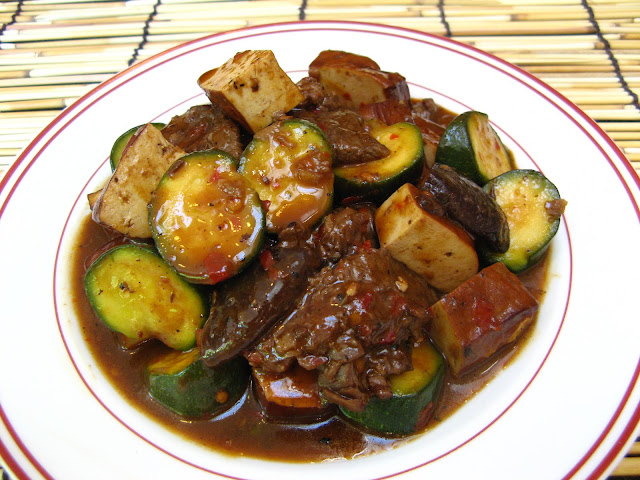This recipe was updated on 06 Aug 2015. Some instructions
and ingredient quantities were changed, and metric measurements added.
I originally called this dish, Black Fungus Salmon, but then
I thought about the name and decided that it didn’t make the dish sound too
appealing or appetizing. So now it’s called Cloud Ear Salmon and that seems a
little more mysterious sounding and won’t immediately put off anyone. If you’ve
ever eaten black or cloud ear fungus, you’ll know that it’s pretty tasteless
and is eaten more for the texture than anything else. I’m sure there’s some
traditional Chinese medicinal value, but I don’t know what that would be.
There is also a noodle dish based on this recipe: Cloud
Ear Salmon Chow Mein (雲耳鮭魚炒麵, Wan4 Ji5
Gwai1 Jyu4 Caau2 Min6).
Enjoy!






